Palazzo Antinori in Florence
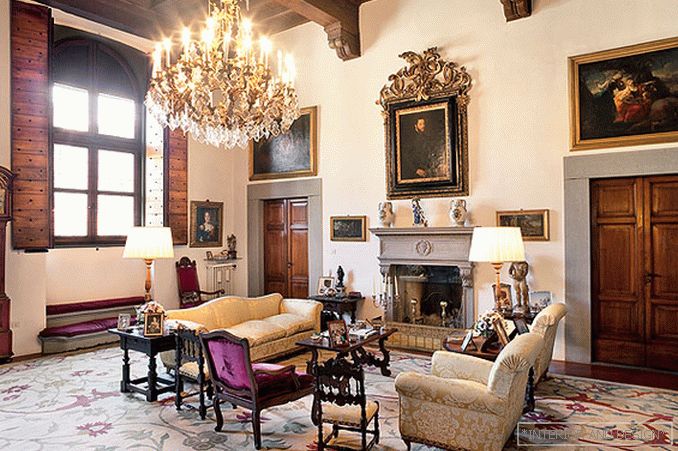
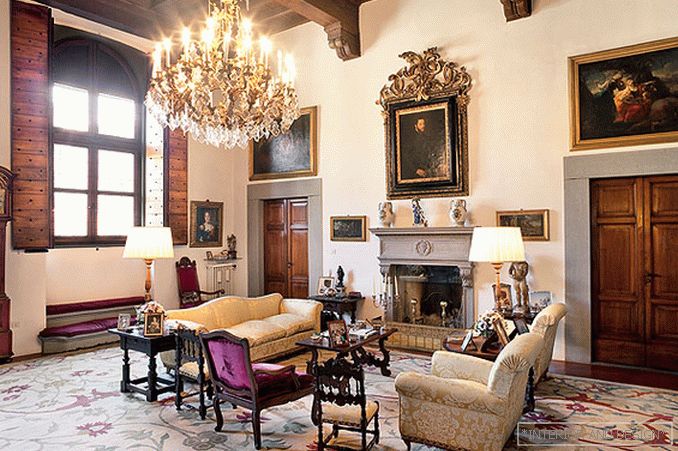
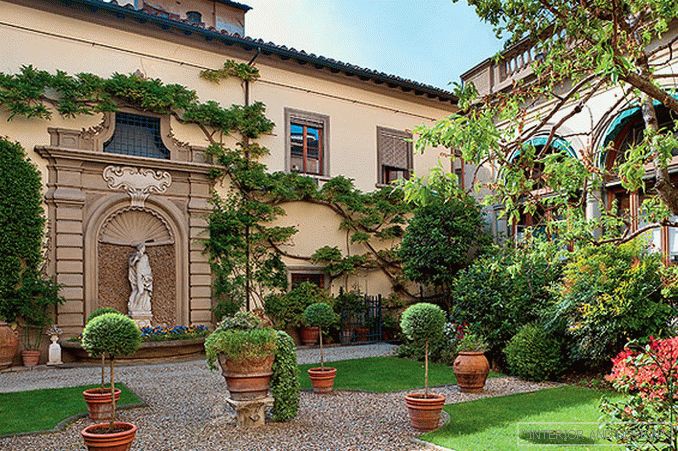
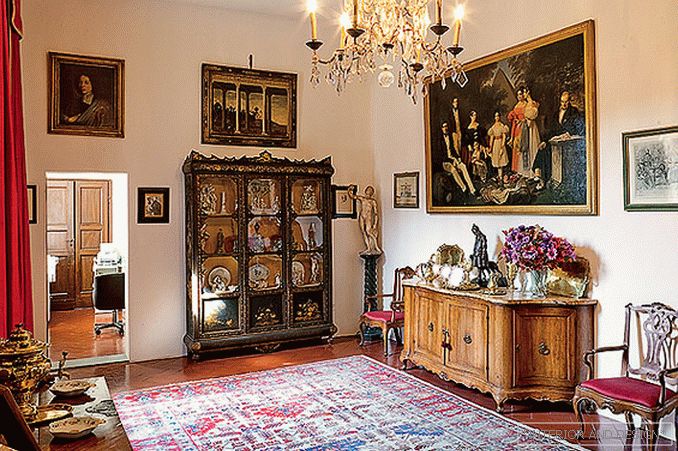
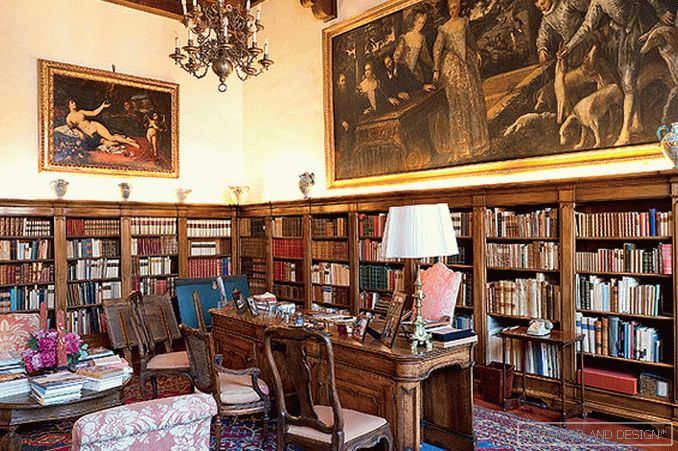
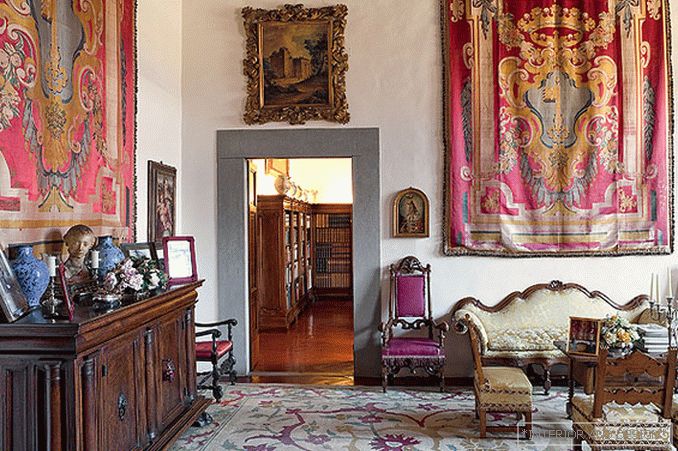
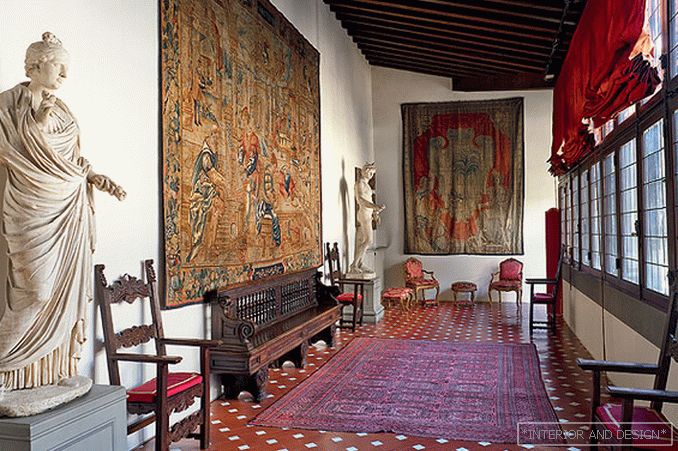 Passing the gallery
Passing the gallery A photo: Sergey Morgunov
Leading headings: Marina Volkova
Magazine: N5 (149) 2010
Palazzo Strozzi, Palazzo Medici Ricardi, Palazzo Ruccelai ... Florence is famous for its monuments of the Renaissance secular construction. Palazzo Antinori also belongs to this architectural series, but it is less known because it has remained privately owned throughout its history. At first it belonged to the son of a major banker, then Lorenzo dei Medici, state husband and de facto ruler of Florence, and finally, in 1506, found its first owner from the Antinori family, the Marquis Nicolo di Tomaso. Bankers and merchants, Antinori also engaged in winemaking (almost from the XII century). Starting from the 16th century, wines under the family name gain fame that they still have today.
Family members still live in the palace, and in a small room on the first floor they set up a cantinetta - a wine bar and restaurant where you can taste Tuscan delicacies and enjoy famous wines.
Palazzo Antinori, a classic classic, is a three-storey castle-type building, built in the middle of the 15th century (between 1461 and 1466) by the famous Florentine architect Giuliano da Mayano. Alessandro, the son of Niccolo di Tomaso, who inherited the mansion, almost did not change the architecture and interiors, but ordered the garden to be laid out, which is an excellent example of Renaissance landscape art.
The interiors of the residence, though furnished with family antiques, are far from the museum ones. Especially when they are shown by the current owner of the legendary palazzo and the head of the family Marquis Piero Antinori. “This is where my father used to sit in this library, they organized feasts with invited knights here” - the story comes alive in the mouth of a representative of the twenty-sixth generation of the family.



